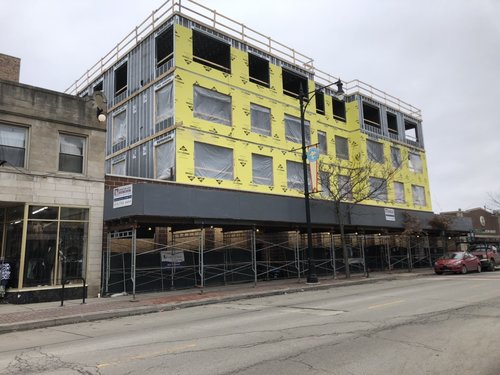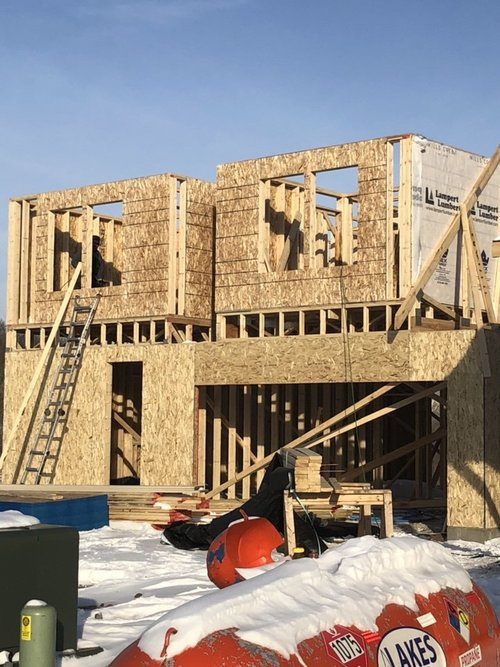Commercial Real Estate (CRE) is commonly defined as any building or property that is operated to produce income. To the untrained eye, the adjective “commercial” may confuse some investors into thinking that commercial real estate must only involve those buildings from which commercial activity is conducted (retail stores and offices), when in reality, commercial real estate may include income-generating residential real estate. The term commercial real estate can be broken down into six main categories: office, retail, industrial, multi-family, land and “everything else” (healthcare, sporting arenas, hotels, etc.).
Unlike their traditional (stocks and bonds) and non-traditional (single-family homes) investment counterparts, investing in commercial real estate provides some unique advantages. Whether it’s an office building or an apartment complex, income generated from a collection of leases provides the diversification, stability, and growth potential many investors desire. Using Watermark’s Minnesota-based Mills Creek multi-family property as today’s case study, here are a handful of ways equity partners can benefit from a commercial real estate investment:

Cash Flow
Unlike a single-family rental property, commercial real estate offers a relatively consistent stream of income from their tenants. And based on the goals of the owner, tenants may also choose to sign onto longer leases, such as corporate tenants that are leasing space from an office building. At Mills Creek for example, tenants are moving in, producing a steady stream of income to its owner immediately after a unit becomes available. In fact, there is a waiting list of tenants, with more tenants under lease or pre-lease than units available.
Stability
As compared to traditional and non-traditional investment vehicles, commercial real estate offers stability. Occupancy rates aren’t binary like those in the single-family market (either 100% or 0% occupancy), and if national data averages mean anything, multi-family occupancy rates have averaged approximately 95% dating back to 1990 (Freddie Mac). So of the 66 homes that will eventually comprise of Mills Creek, Watermark is confident that each of these houses will be consistently occupied throughout its lifespan. And whenever a vacancy inevitably arises, sustainable income from the remaining properties will keep operations running smoothly. SOURCE.
Economies of Scale
Cost incurred with any investment is usually shouldered by the sole investor. With a commercial real estate investment, however, these costs are spread across a wide range of tenants, often leaving the investor relatively unburdened. For instance, at Mills Creek, if a roof began to leak at one of the units, the cost for repairs is spread across the 65 other units, rendering the cost negligible.
Income Potential
Whereas single-family home investments average a return of 1%-4%, commercial properties generally have an annual return of 6%-12%. SOURCE. Not only that, but the strength of the economy isn’t the sole arbiter of commercial real estate value. In fact, there are ways for owners to catalyze appreciation.

- Market Demand: Of course market demand will always have a hand in dictating some of the market value of any investment. Since there is a finite supply of land, property is a scarce resource. Strategically positioning a commercial real estate property in a region with a growing economy will not only drive up the value of the land, but also tenant leases as more people clamor to live locally. Mills Creek is one such property. Positioned in the booming Minneapolis metro area of Maple Grove that boasts job growth, a strong school system and attractive recreational activities, Mills Creek is expected to grow in value alongside the growing strength of this regional economy.
- Value Add: Excluding the outside forces of the market, improving the features, aesthetics and functionality of any commercial real estate property will also drive up value. The Mills Creek development doesn’t only include a collection of 66 homes, but the Owners have also added attractive community amenities such as a Clubhouse (with a fitness center and lounge space), dog park, running track, swimming pool, BBQ pits, community gardens, game lawns (and more!). With each of these improvements (and their costs offset by the income across the 66 leases), the Watermark team expects rental prices to significantly increase.
- Operational Efficiency: Just like Henry Ford’s assembly line or Eli Whitney’s cotton gin, whenever operational efficiency is improved, cost savings are passed along to the consumer. At Watermark, the team prides itself of diving into the nitty-gritty of any investment, removing waste and optimizing efficiencies along the way. So when Watermark dives into the details at Mills Creek in order to build a cost-effective development and eliminate value-sapping externalities, the whole team benefits and investors realize the benefit.
Commercial real estate investments can be an excellent addition to any investor’s portfolio, providing stability, cash flow and income growth unlike any other investment vehicle. Here at Watermark Equity Group, we provide a hands-free opportunity to create value for our Partners through our diverse collection of multi-family developments.
To learn more, reach out to Watermark Equity Group today!



